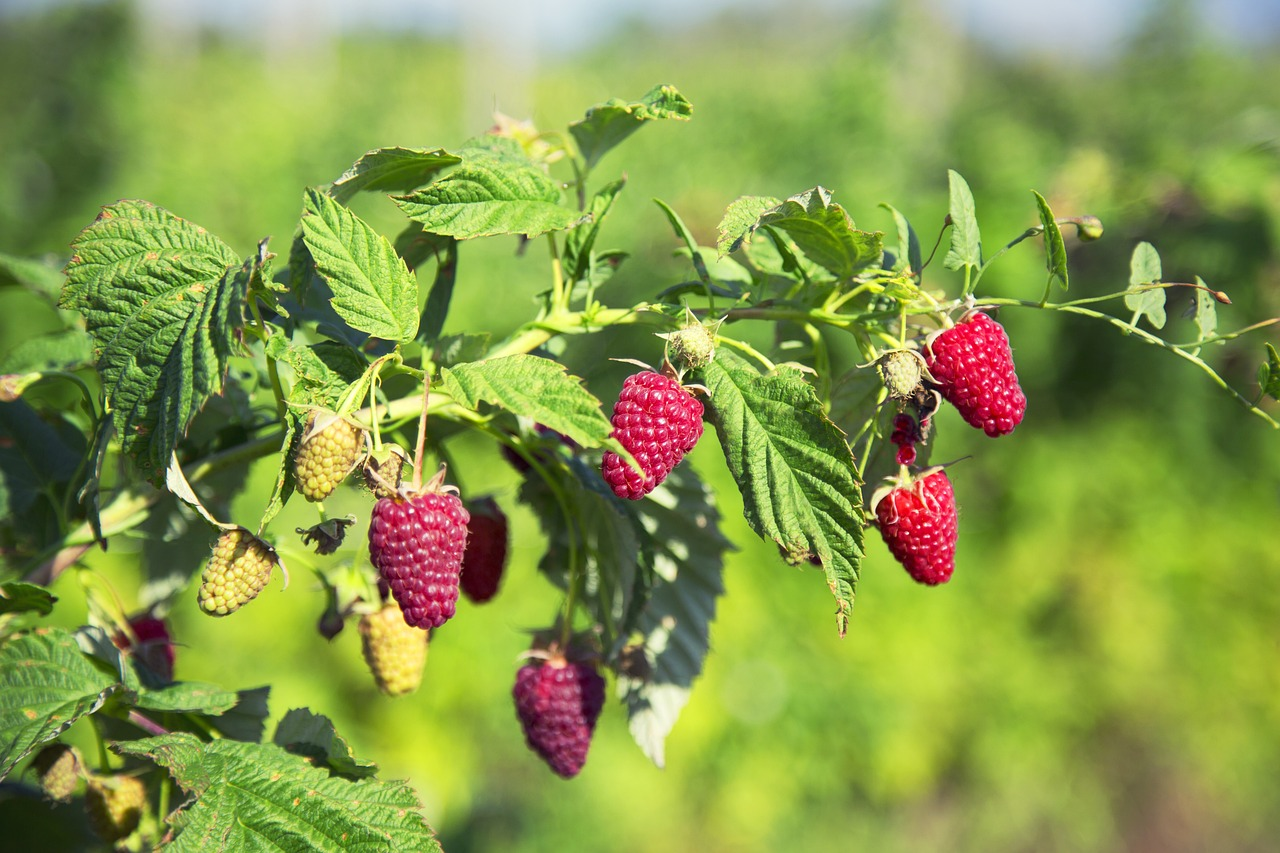
How to Propagate & Prune Raspberries: Make Your Own Cuttings
In order for your raspberry bushes to produce a good harvest, good care is very important. In itself, raspberry bushes are very low maintenance, but there are one or two measures that contribute to healthy plants. We explain how to prune, fertilize and propagate your raspberry bush. We also answer questions about whether raspberries need root barriers and climbing aids.
This Article Contains:
- Raspberry Bushes: The Right Location & Soil
- How to Prune Raspberries
- When to Prune Raspberries?
- Fertilize Raspberries: Tips for a Good Supply of Nutrients
- Do Raspberries Need a Climbing Aid?
- Propagate Raspberries: These Are the Options You Have
- Care For Raspberries: Tips on Watering & Mulching
- Root Barrier for Raspberries: Is It Necessary?
- Frequently Asked Questions About Raspberry Care
Quick Overview
Cutting Raspberries: Advantages & Timing
- Regular pruning is important to keep the shrub in shape and improve fruiting. In fact, by pruning you improve exposure and air circulation.
- The timing varies depending on whether you are pruning a summer or fall raspberry:
- Autumn raspberries are pruned in the fall after harvesting.
- summer raspberries are cut in early winter or spring before budbreak
Fertilizing Raspberries: How to Do It
- Fertilize your berry bushes from March with organic slow-release fertilizer such as compost.
- If necessary, you can fertilize again in the fall after the harvest, especially for summer raspberries.
Propagating Raspberries: Your Options
- Propagate raspberries by cutting off the root runners.
- Another possibility is the lowering of young shoots
- You can also cut off shoots and make your own raspberry cuttings
Raspberry Bushes: The Right Location & Soil
Raspberry plants usually grow on the edges of forests or paths, or in clearings. Therefore, the location should be sunny to semi-shady, with a few hours of sun a day to increase fruiting and yield. Too few hours of sun also promote susceptibility to diseases and so-called pests such as raspberry mosaic virus, raspberry cane disease or the raspberry beetle. In addition, the location should be protected from the wind, because the raspberry canes are not all too stable. A sunny to semi-shaded location that is protected from the wind is ideal. The choice of location is important so that your raspberry plants have good conditions for growth.
As for soil texture, raspberries prefer medium to light sandy soil that is well-drained and humus-rich. Soils that are too heavy or compacted are not suitable, as raspberries do not like waterlogging. Waterlogging also makes them more susceptible to diseases such as root rot. Also, the pH should be in the slightly acidic range between 5.5 and 6.5. For tips on How to Improve Your Garden Soil if it is too sandy or heavy, see the article here.
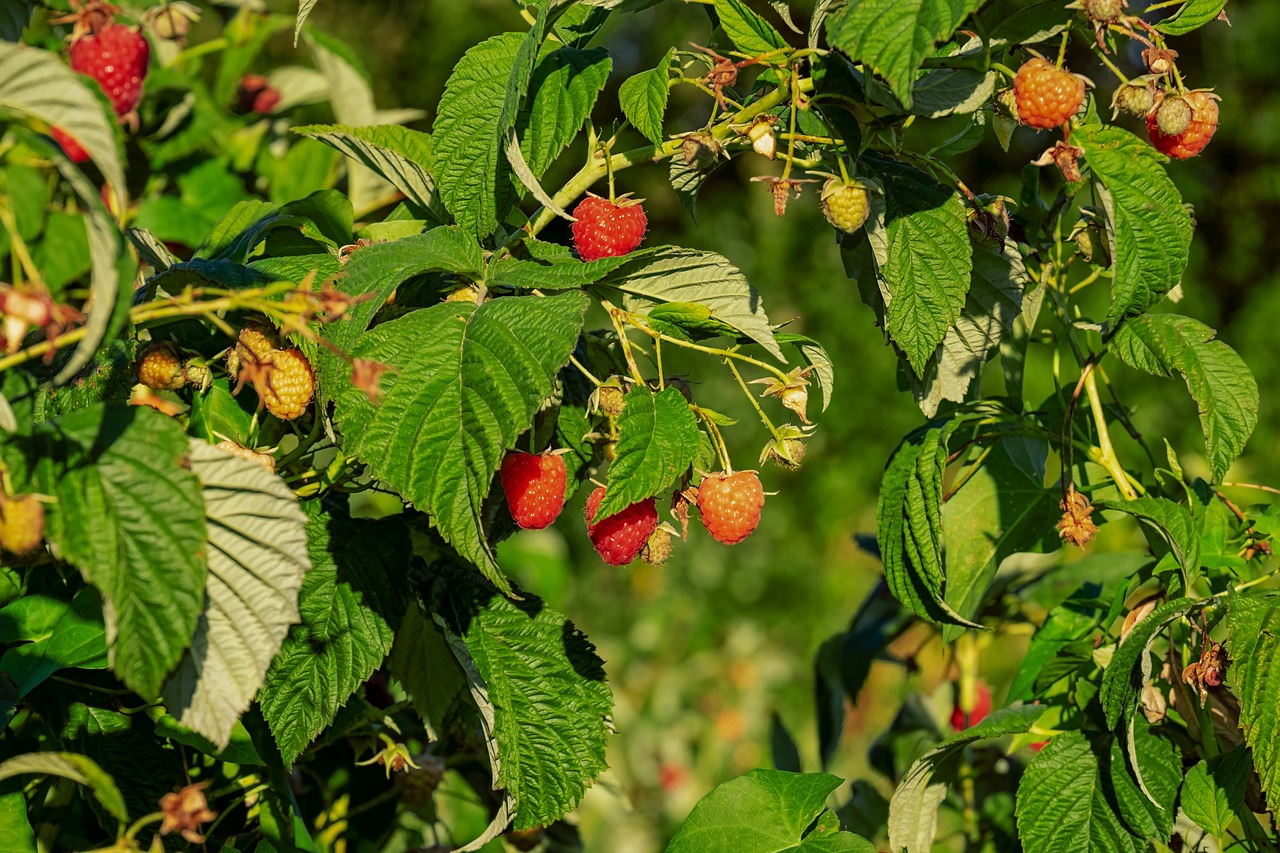
Growing Raspberries in Pots: What Soil for Raspberry Bushes?
As mentioned above, the pH should be slightly acidic. If you are using regular garden soil, you should look to see what the pH is. This should usually be written on the packaging of the soil. If it is too high, you can mix in rhododendron soil, which has a lower pH. To ensure that your raspberry bushes in the pot also have enough nutrients for healthy growth, it is advisable to incorporate organic slow-release fertil izer such as compost, sheep's wool pellets, horn shavings or special berry fertilizer when planting. Drainage helps to prevent waterlogging. For this you can work in more sand or small stones in the lower area.
How to Prune Raspberries
Probably one of the most important maintenance measures of your raspberry bushes in the garden is regular pruning. This keeps the raspberry plants healthy and at the same time promotes the yield. Pruning improves light and air circulation, which makes the plant more resistant to disease. This also allows rainwater or irrigation water to dry off well, which means that fungal diseases do not have such a good chance. When pruning, it's important to work cleanly so you don't transfer disease between plants. Therefore, your pruning tools should be sharp and clean.
When pruning raspberries, you must keep in mind that there are differences between summer and fall raspberries. Summer raspberries bear their fruit much earlier than autumn raspberries. While summer raspberries produce a crop between June and July, fall raspberries do not produce fruit until late summer into fall (between August and October). Therefore, the timing for pruning differs. You can learn more about this below. For an even more detailed guide to pruning raspberries, check out our article: Pruning Raspberries: How to Do it.

Need Further Advice?
To exchange ideas with other gardeners and benefit from their experiences, you can visit our Fryd-Community. Perhaps someone has already propagated raspberries and can give you some tips.
Join Community NowWhen to Prune Raspberries?
When pruning raspberries, you must keep in mind that there are differences between summer and fall raspberries. Summer raspberries bear their fruit much earlier than autumn raspberries. While summer raspberries produce a crop between June and July, fall raspberries do not produce fruit until late summer into fall (between August and October). Therefore, the timing for pruning differs. You can learn more about this below.
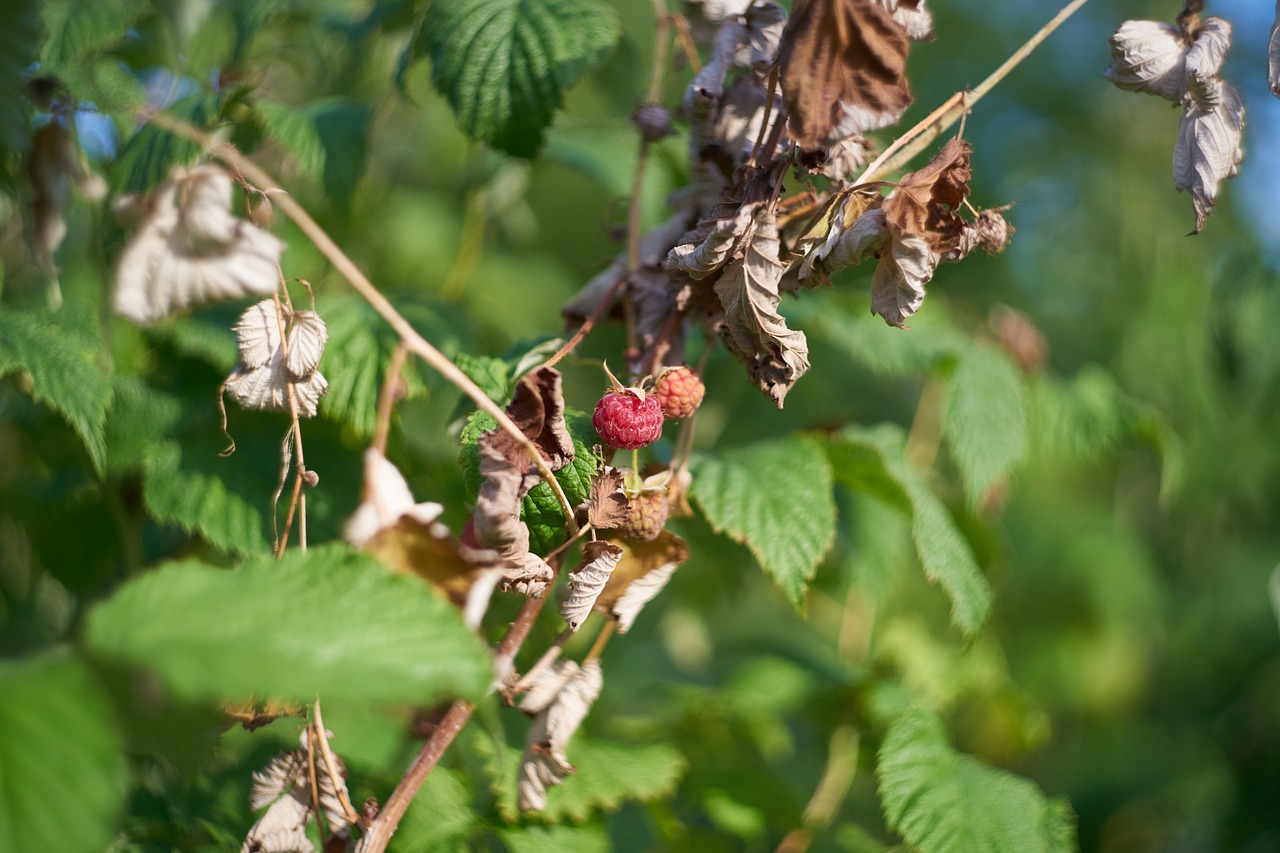
In the fall, it's time to prune your raspberry bushes so they can grow vigorously again next year and produce plenty of fruit. Autumn raspberries are cut back completely, they will form new fruiting shoots the following year. If you forget to prune raspberries in the fall, it's still an option to make up for it in the spring.
Since summer raspberries already form the next season's canes in the previous year, they are only thinned out and not cut off completely. Remove old, weak shoots and shorten canes that are too long. Be sure to leave the healthy canes for the next season. You will then prune back summer raspberries in the spring.
Fertilize Raspberries: Tips for a Good Supply of Nutrients
When planting in the fall, you should provide nutrient replenishment the following spring, starting in March. Raspberries do not need to be supplied with huge amounts of fertilizer like vegetable plants. An even and long-lasting fertilizing effect is much more important here. Therefore, provide your berry bushes with new rotted compost and horn shavings starting in March. A handful of horn shavings per raspberry bush should be sufficient. Work the coarse particles into the soil only carefully so as not to damage the shallow roots. If there is a lack of precipitation, the fertilization should be "activated" by watering. From late March to mid-April, you can also sprinkle some primary rock flour; it provides important mineral trace elements and improves the soil. A second nutrient application can be made to large bushes in June/July after the last summer raspberries have been harvested. If you want to use another organic fertilizer, it should contain mainly potassium and phosphorus, while the nitrogen content need not be too high.
Do Raspberries Need a Climbing Aid?
Although raspberry plants are not classic climbers, like vines or pole beans, they still appreciate a little stability. A climbing aid can help here, because especially close to harvest time, a lot of fruit hangs from the shoots. This makes them heavy and they can fall to the ground due to the weight or during strong winds. Therefore, you should install a climbing aid in the spring so that the raspberry can grow along it. It may be necessary to attach the shoots to the climbing aid from time to time. You can use anything as a climbing aid: From branches to bamboo poles to ropes or a rabbit fence - it all works quite well and does the job. So it's no problem to build your own climbing aid and recycle things with it. This way the raspberry canes stay upright, which makes harvesting easier. In addition, this reduces the risk of fungal infection, because otherwise the shoots and fruits lie on the ground. Many fungi are soil-borne and thus have an easy time infecting the plant. Therefore, a climbing aid not only facilitates your care, but also keeps your bushes healthy and lively.
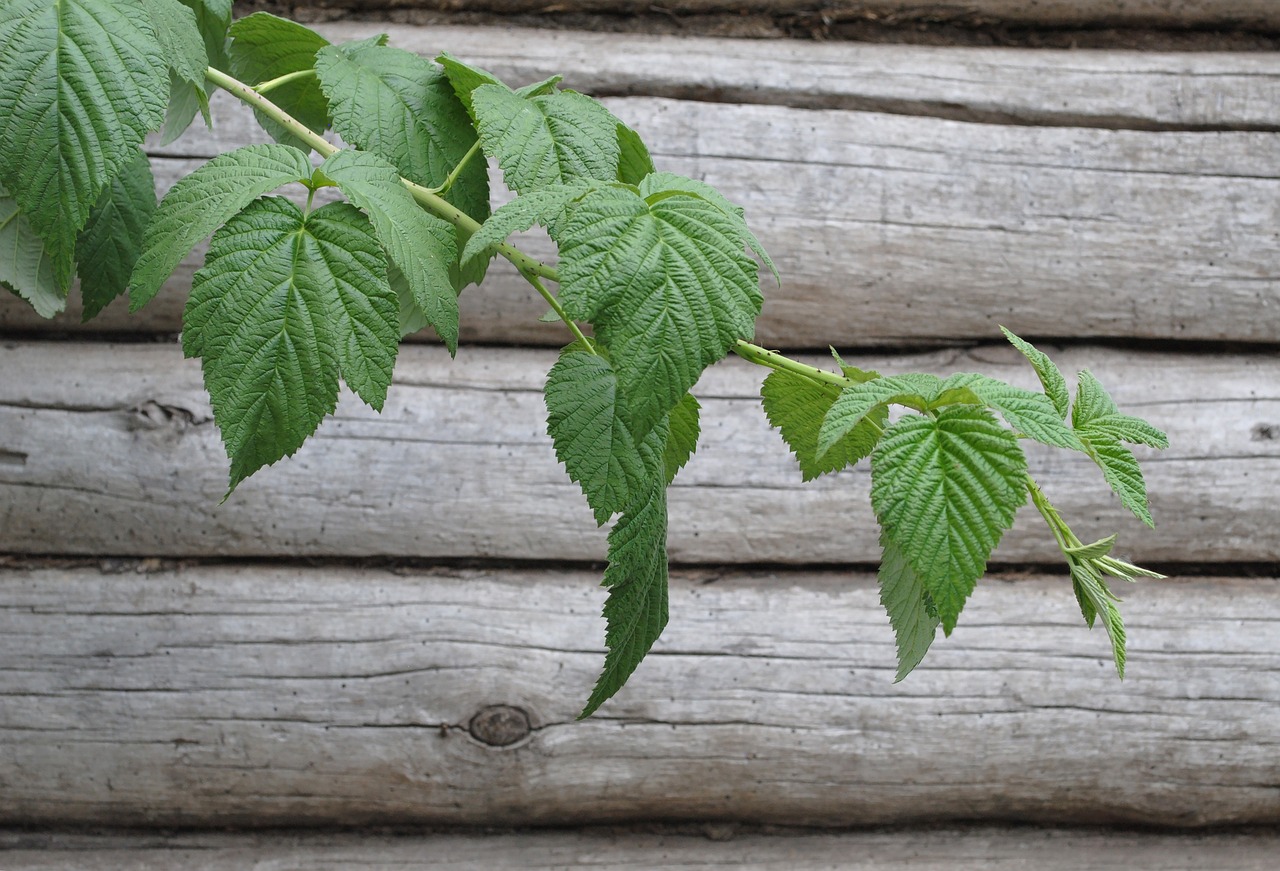
Propagate Raspberries: These Are the Options You Have
Raspberries are very vigorous semi-shrubs that form shallow creeping runners. Therefore, there are several ways for you to propagate your raspberry bush. You can find out what these are in the following:
Propagate Raspberries by Cutting off the Root Runners
Therefore, one of the most common methods of propagation is the cutting of root runners. The individual runners usually appear about half a meter from the mother plant and are usually 20 to 40 cm/7.9 to 15.7 in high. They can be cut off with a spade in the fall, after the deciduous trees have shed their foliage, and replanted in another location. Propagation via cuttings is also possible in the spring, but cuttings planted in the fall have more time to take root and are thus more vigorous the next year. However, it is important to prune the raspberries in the following spring! In this way, the first raspberries can be harvested only the next year, but the plants will be much stronger and form more new shoots.
Lowering Young Shoots for Propagation
Another good method of propagation works by lowering young shoots. If sufficiently long, young shoots are available, this method can be used all year round. To do this, the young shoots are bent down in an arc and fixed with a tent hook. The shoot section is then covered with soil, where it forms new roots at the leaf node. If the shoot bears leaves at this point, they should be removed near the ground, otherwise fungal infections may occur. After sufficient rooting, the resulting cuttings can be pricked off with a spade during the dormancy period in autumn or spring, similar to cuttings, and transplanted.
Making Raspberry Cuttings Yourself
Raspberries are also very easy to propagate vegetatively by cuttings, you can even grow several plants at once. The cuttings are obtained at the tip of the shoot or in the middle of new, only slightly woody shoots and put into low-nutrient growing medium. Each cutting should have at least two leaves when cut in early summer. Then place the pots in a warm, bright spot. If the substrate is evenly moist, the cuttings will form their own roots within two to three weeks and can then be transplanted as desired.
Care For Raspberries: Tips on Watering & Mulching
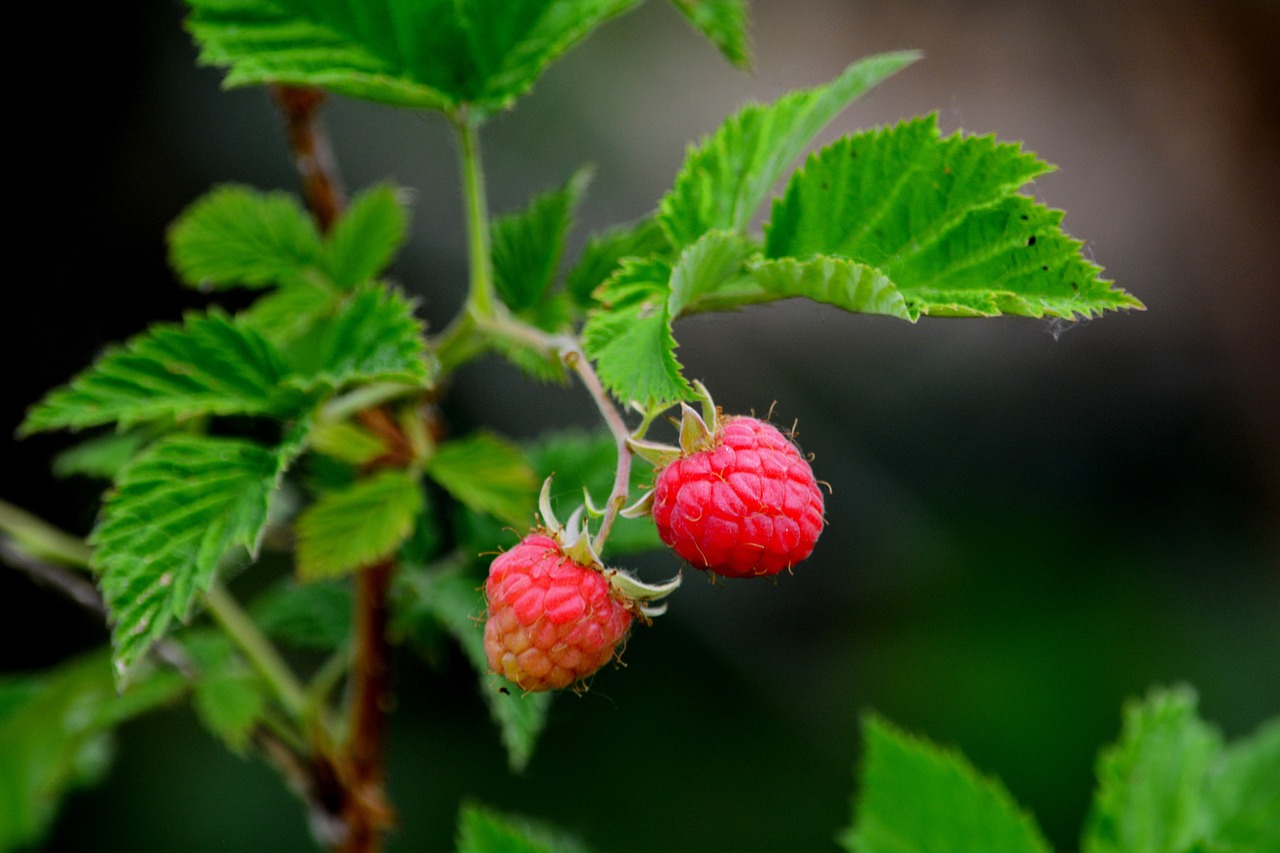
Raspberries are flat-rooted plants and are therefore relatively sensitive to drought and waterlogging. Mulch the soil around your raspberry bushes with dried lawn clippings, straw or bark mulch. The mulch not only prevents the soil from drying out excessively, but also suppresses weeds around the plants. Weeding with a hoe should be avoided at all costs with raspberries, as they develop very shallow roots and are therefore easily damaged. In dry periods, it is also necessary to ensure a regular water supply, otherwise the bushes will suffer and will not produce berries. Here you can learn everything about "Proper Watering".
Root Barrier for Raspberries: Is It Necessary?
Since raspberry bushes can form underground runners, they are migratory shrubs that like to independently change their location in the garden. They can spread quite quickly, so a root barrier can help. Especially if you have a small garden or, if the vegetable beds are adjacent, a root barrier is useful. By having a barrier buried in the soil, the roots are prevented from spreading. There is special film for this that you can put in the planting hole with you when you plant. However, you should make sure that it is biodegradable. It will only serve as a root barrier for a limited time, but it is not very useful or ecological to bury plastic in your garden soil. An alternative to root barrier plastic is clay pots or a border made of wood. To learn How to Plant Raspberries With Good and Bad Companion Plants, check out the article here. Fortunately, as shallow-rooted plants, raspberries don't root very deeply, but you must keep in mind that the rhizomes go deeper into the soil. For the root barrier to do its job, you should bury it about half a meter deep into the ground.
For questions and comments, feel free to write us at [email protected]. Want to get helpful gardening tips throughout the year and plan your own beds optimally? Then register here or download the Fryd app for Android or iOS.
Fryd - Your digital bed planner
Image by Vasilisa-Malinina on Pixabay.

Marie
Marie is an agronomist. She is particularly interested in the sustainable and organic cultivation of vegetables and other plants. In her own garden, she gained experience and likes to try things out to learn from nature. She is particularly interested in the values and principles of permaculture, in order to contribute not only to the well-being of nature, but also to the well-being of people and future generations.
Learn MoreCurrent Topics in the Community


Liked 4 times
Nothing to be done. Winter has us firmly in its grip. But to be honest, I'm not in the mood for gardening yet either. I'll start sowing my first seeds of onions, leeks, pepinos, physalis, lettuce, and cabbage around February 10. That's plenty of time. In recent years, everything has always been ready far too early in the summer. The garden plan has also been ready for two months. So, I'll chill out for another four to five weeks before anything happens.

Liked 6 times
24 hours and a storm later. It's crazy how quickly everything can change in winter!
Show 4 answers
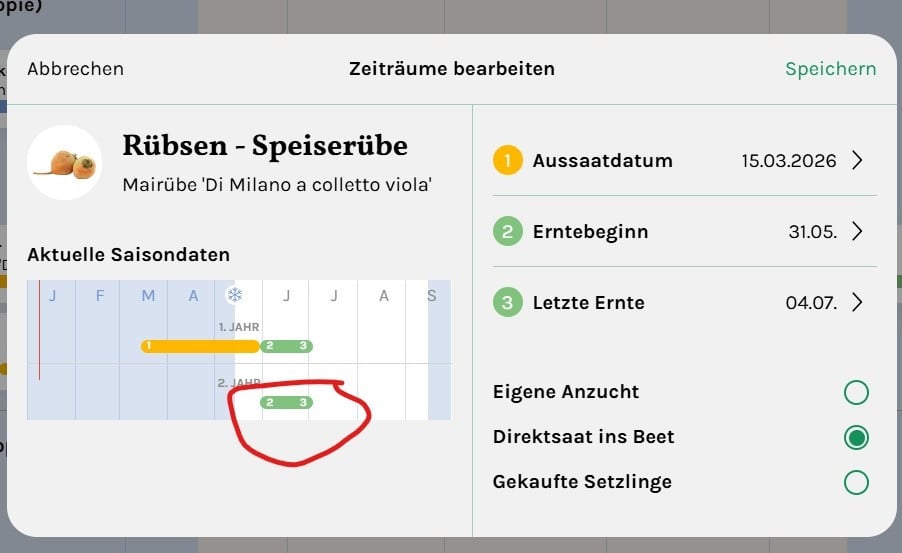
Care plan and bed plan problems... I repeatedly have the problem that an annual crop reappears in the bed with a harvest time in the following year. I don't understand this and can't influence it "manually" by changing the care plan. Specifically, I've noticed this with "Italian Star" basil and "Di Milano" May/autumn turnips. What am I doing wrong? Is there anything else I can do other than actively removing the plants from the bed plan myself after harvesting?
Show 10 answersPopular Articles

Overwintering Parsley: How to Do It Successfully

How to Grow Lettuce in Winter: Varieties, Sowing, Harvesting

Growing Sage Plant: Tips for Sowing and Harvesting

What Herbs Can Be Planted Together?

Create & Design a Permaculture Garden

Overwintering Plants: Tubs, Pots and Raised Beds

Pruning, Fertilizing & Propagating Currants: Care Tips

Pruning Raspberries: How to Do It

Vegetable Garden With Greenhouse: How to Use Greenhouse Effect

Winterizing Beds and the Garden: How to Do It
FAQ
The best time to prune differs depending on whether it is a summer or fall raspberry. Autumn raspberries are pruned immediately after harvest in autumn, while summer raspberries are pruned in early winter or spring.
When to fertilize raspberries?
In the spring, before your berry bushes really sprout, apply a load of organic slow-release fertilizer. If necessary, you can follow up with a second application of fertilizer in the fall.
Do raspberries need a climbing aid?
A climbing aid is helpful because it stabilizes the raspberry canes. Thus, the shoots do not bend in the wind or strong fruiting. Otherwise, they could rest on the ground, which increases the risk of fungal diseases.
Raspberries form underground runners for propagation. Therefore, you can use these stolons to propagate your shrub (by cutting or lowering). You can also make raspberry cuttings from shoots.
Do raspberry bushes need a root barrier?
Due to the rhizome formation raspberries spread quite quickly in the garden. If you don't want that, a root barrier of clay, wood or foil can help prevent the spread.